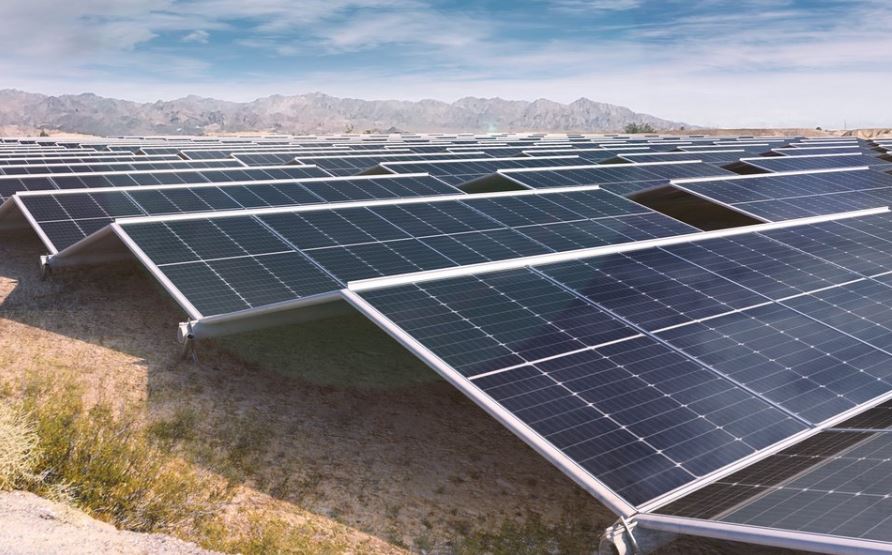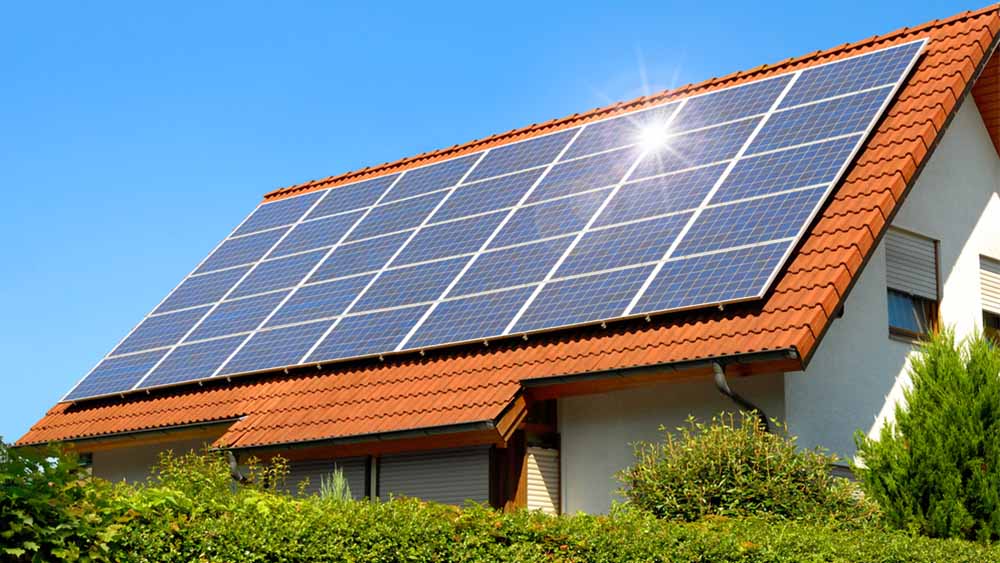Monocrystalline silicon photovoltaic modules use high-purity monocrystalline silicon materials, which have higher light conversion efficiency, typically ranging from 15% to 22%, generating 200 to 228 watts of power per square meter. Its electrical conductivity is 1.6 Ω·cm, and the electron mobility is about 1400 cm²/V·s. In contrast, polycrystalline silicon photovoltaic modules are made from multiple silicon crystals, with lower efficiency, generally ranging from 13% to 18%, generating 130 to 180 watts of power per square meter. Its electrical conductivity is 1.8 Ω·cm, and the electron mobility is about 1200 cm²/V·s. Monocrystalline silicon modules are more expensive but more efficient, while polycrystalline modules are cheaper, suitable for projects with limited budgets.
Monocrystalline silicon photovoltaic modules use monocrystalline silicon materials grown by Czochralski (CZ) method or float-zone (FZ) method, which can produce high-purity single-crystal structures. The electrical conductivity of monocrystalline silicon is up to 1.6 Ω·cm, and the electron mobility is typically 1400 cm²/V·s. This structure reduces grain boundaries and defects, resulting in higher light conversion efficiency. For example, the current density of a monocrystalline silicon module can reach 8.5 A to 9.5 A per square meter.
Polycrystalline silicon photovoltaic modules are made from multiple silicon crystals with an electrical conductivity typically of 1.8 Ω·cm, and an electron mobility of about 1200 cm²/V·s. The non-uniform crystal structure and presence of grain boundaries lead to relatively lower current transmission efficiency. For the same area, the current density of polycrystalline silicon modules is usually between 7.5 A and 8.5 A.
Monocrystalline silicon photovoltaic modules have higher light conversion efficiency due to their uniform crystal structure, generally ranging from 15% to 22%. At 20% efficiency, a monocrystalline silicon module can generate about 200 to 220 watts of power per square meter. High-end monocrystalline silicon modules can achieve efficiency up to 22.8%, which means generating up to 228 watts of power per square meter.
Polycrystalline silicon photovoltaic modules have lower efficiency, generally ranging from 13% to 18%. This means that for the same area, a polycrystalline module's power output ranges from 130 to 180 watts. A polycrystalline module with 15.5% efficiency generates about 155 watts of power per square meter. Due to the presence of grain boundaries, polycrystalline modules typically perform worse than monocrystalline modules in practical applications.
The production process of monocrystalline silicon photovoltaic modules is complex, leading to higher manufacturing costs. In 2023, the average price of monocrystalline silicon modules was about $0.25 per watt, making the cost per kilowatt approximately $250. Although the cost has been decreasing annually, it remains higher than that of polycrystalline modules due to the high purity and refined production process.
Polycrystalline silicon photovoltaic modules have a simpler production process and lower material costs. In 2023, the average price of polycrystalline silicon modules was about $0.18 per watt, with a cost per kilowatt around $180. Despite their lower efficiency, the price advantage of polycrystalline modules makes them attractive for large-scale applications and projects with limited budgets.
Monocrystalline silicon photovoltaic modules typically present a uniform black appearance with a smooth surface and good gloss. The consistent color of monocrystalline silicon modules makes them popular in building-integrated photovoltaics (BIPV) applications. The reflectance of each monocrystalline silicon module is usually less than 7%, effectively reducing light reflection.
Polycrystalline silicon photovoltaic modules usually display blue speckles with a rougher surface. This appearance results from the diversity of silicon crystals, and each polycrystalline module typically has a reflectance between 12% and 15%. Although the visual effect of polycrystalline modules is not as uniform as monocrystalline modules, their light absorption efficiency still meets the needs of most applications.
Monocrystalline and polycrystalline silicon photovoltaic modules generally have a lifespan of over 25 years. Most manufacturers offer a 25-year performance warranty, ensuring that power degradation does not exceed 20% during this period. For monocrystalline silicon modules, power degradation after 25 years is usually no more than 8%, with an annual degradation rate of about 0.32%.
Polycrystalline silicon modules also offer a similar 25-year warranty, with power degradation typically not exceeding 18%. This means that after 25 years, the annual degradation rate of power output is approximately 0.36%. Although both types have similar durability, monocrystalline modules provide more stable power output over the long term due to their higher initial efficiency.



